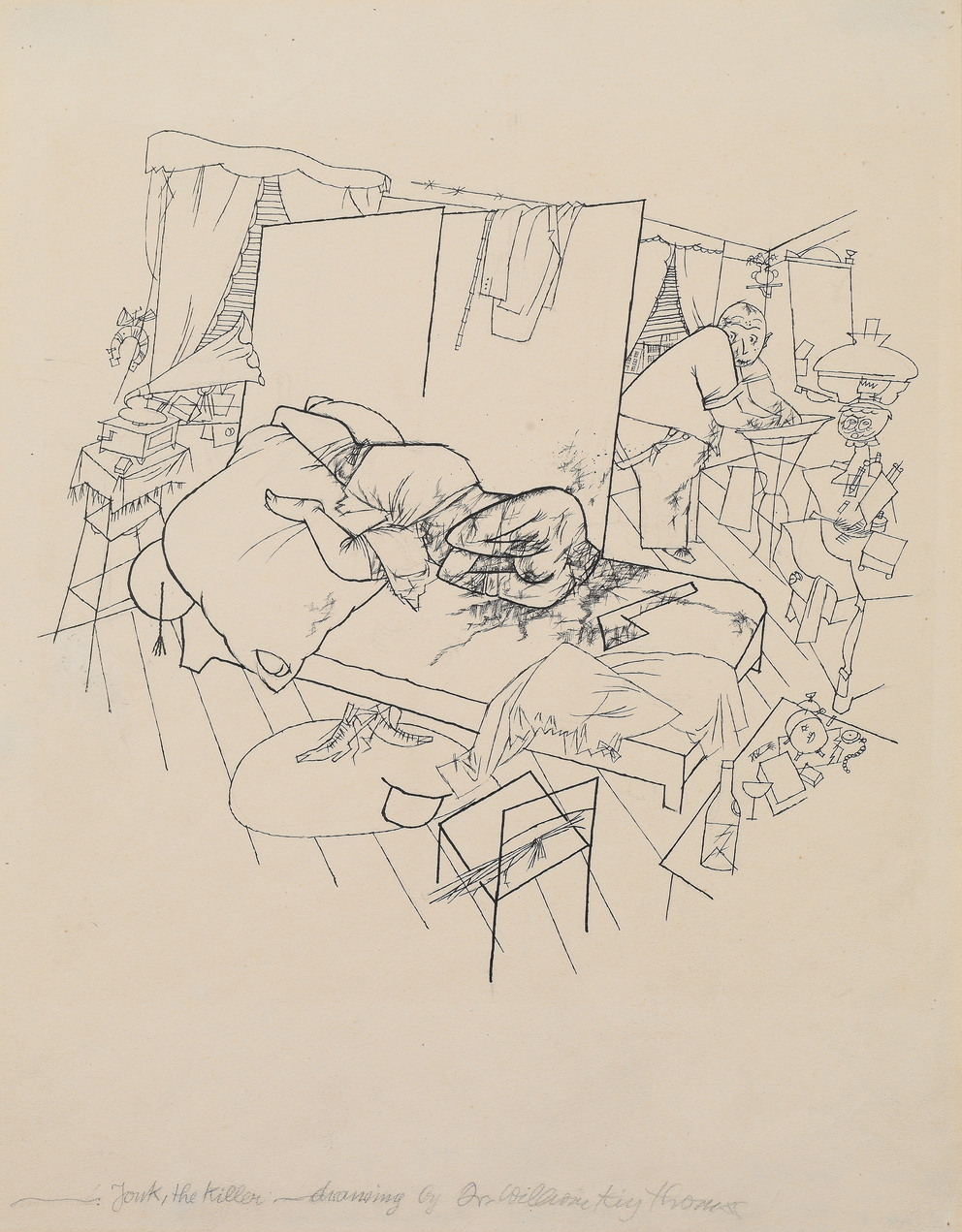
Leopold Museum,
Vienna © Bildrecht,
Vienna 2022
Vienna © Bildrecht,
Vienna 2022


Jonk the Killer
1916
(Berlin 1893–1959 Berlin)
If you have further information on this object, please contact us.
For provenance related information, please contact us.
2023/2024 Partial funding for digitization by the Federal Ministry for Arts, Culture, the Civil Service and Sport „Kulturerbe digital“ as part of NextGenerationEU.

